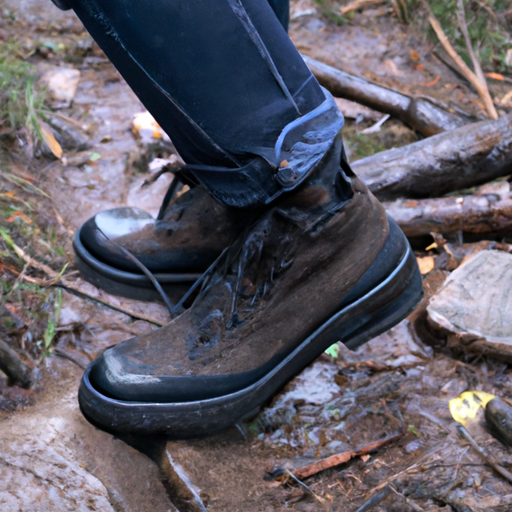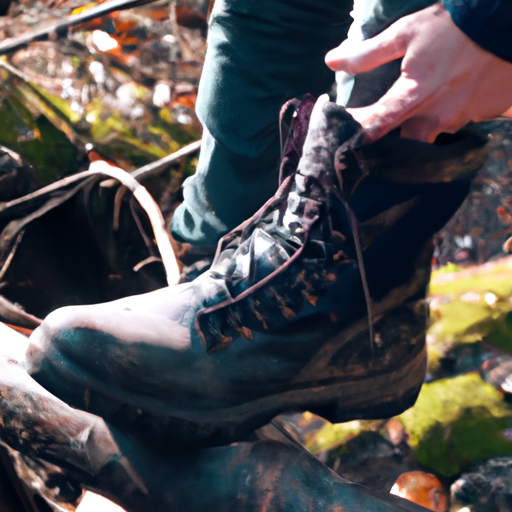
-
Table of Contents
The Ultimate Guide to Choosing the Right Footwear for Hiking

Introduction
Hiking is a popular outdoor activity that offers numerous physical and mental health benefits. Whether you are a beginner or an experienced hiker, having the right footwear is crucial for a comfortable and safe hiking experience. In this ultimate guide, we will explore the key factors to consider when choosing hiking footwear, including fit, support, durability, and traction.
1. Fit
One of the most important aspects of choosing hiking footwear is ensuring a proper fit. Ill-fitting shoes can lead to blisters, discomfort, and even injuries. Here are some tips to find the right fit:
- Measure your feet: Use a Brannock device or visit a specialized store to measure the length and width of your feet. This will help you determine the correct shoe size.
- Try them on: Always try hiking shoes or boots on with the socks you plan to wear during your hikes. Walk around the store to assess comfort and fit.
- Toe room: Make sure there is enough space in the toe box to wiggle your toes. This prevents your toes from hitting the front of the shoe during downhill descents.
2. Support
Hiking involves traversing uneven terrain, so proper support is essential to prevent ankle sprains and other injuries. Consider the following factors when evaluating the support of hiking footwear:
- Ankle height: High-top boots provide better ankle support, especially on rugged trails. However, low-cut shoes or trail runners may be more suitable for well-maintained trails.
- Stability features: Look for shoes with features like a firm midsole, a supportive shank, and a well-cushioned insole. These elements provide stability and reduce the risk of foot fatigue.
3. Durability
Hiking footwear is subjected to rough conditions, so durability is a key consideration. Investing in a durable pair of shoes or boots will save you money in the long run. Here’s what to look for:
- Materials: Opt for shoes made of high-quality, durable materials such as leather or synthetic fabrics. These materials are more resistant to wear and tear.
- Reinforcements: Check for reinforced toe caps and heel counters, as these areas are prone to abrasion and impact.
- Stitching: Look for well-constructed shoes with double or triple stitching, as this enhances durability.
4. Traction
When hiking on various terrains, good traction is essential to prevent slips and falls. Consider the following factors when assessing the traction of hiking footwear:
- Outsole design: Look for shoes with deep lugs and a multidirectional tread pattern. This provides better grip on slippery surfaces like rocks and mud.
- Outsole material: Vibram rubber is a popular choice for hiking shoes due to its excellent traction and durability.
Conclusion
Choosing the right footwear for hiking is crucial for a comfortable and safe outdoor experience. Remember to prioritize fit, support, durability, and traction when making your selection. Take the time to try on different options and consider seeking advice from knowledgeable staff at outdoor stores. By investing in the right hiking footwear, you can enjoy your adventures to the fullest while minimizing the risk of discomfort and injuries.